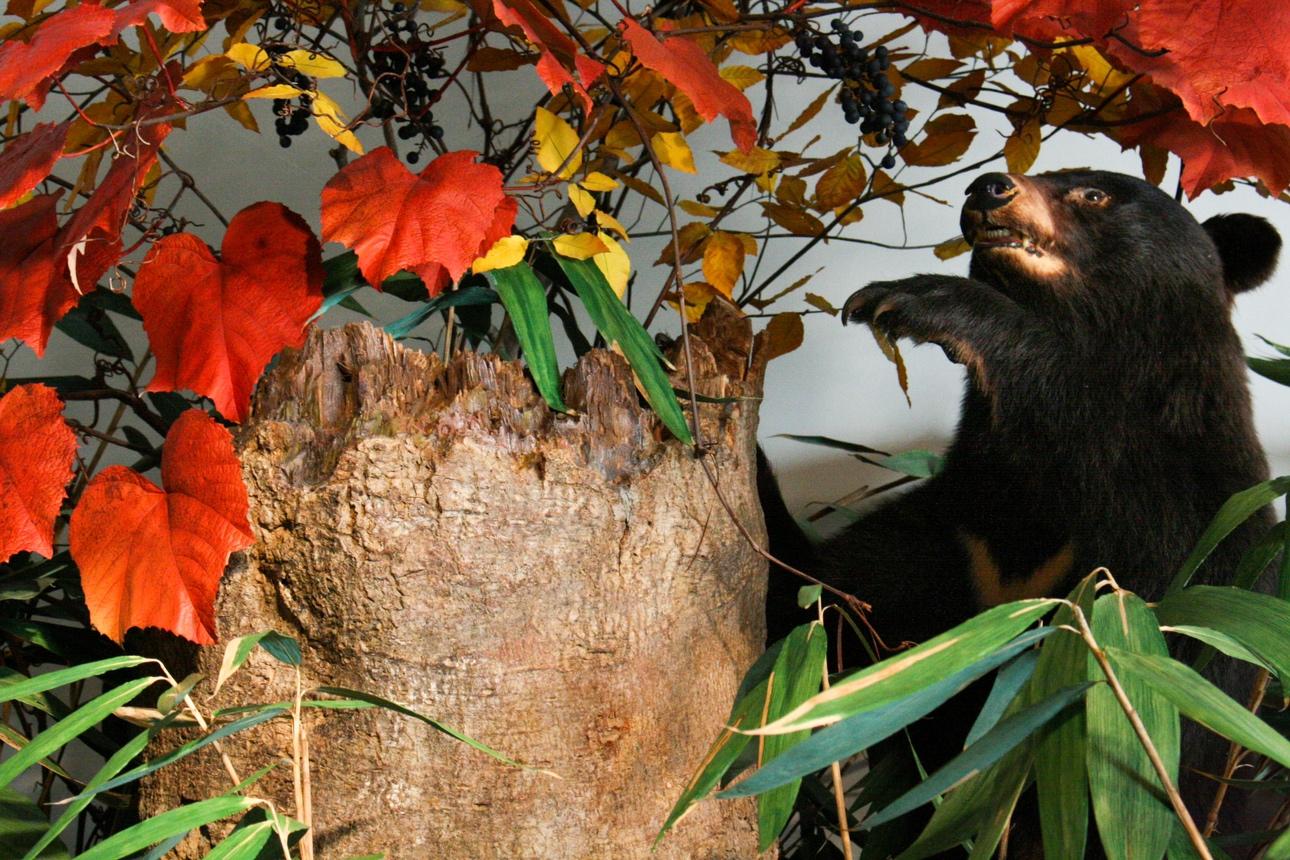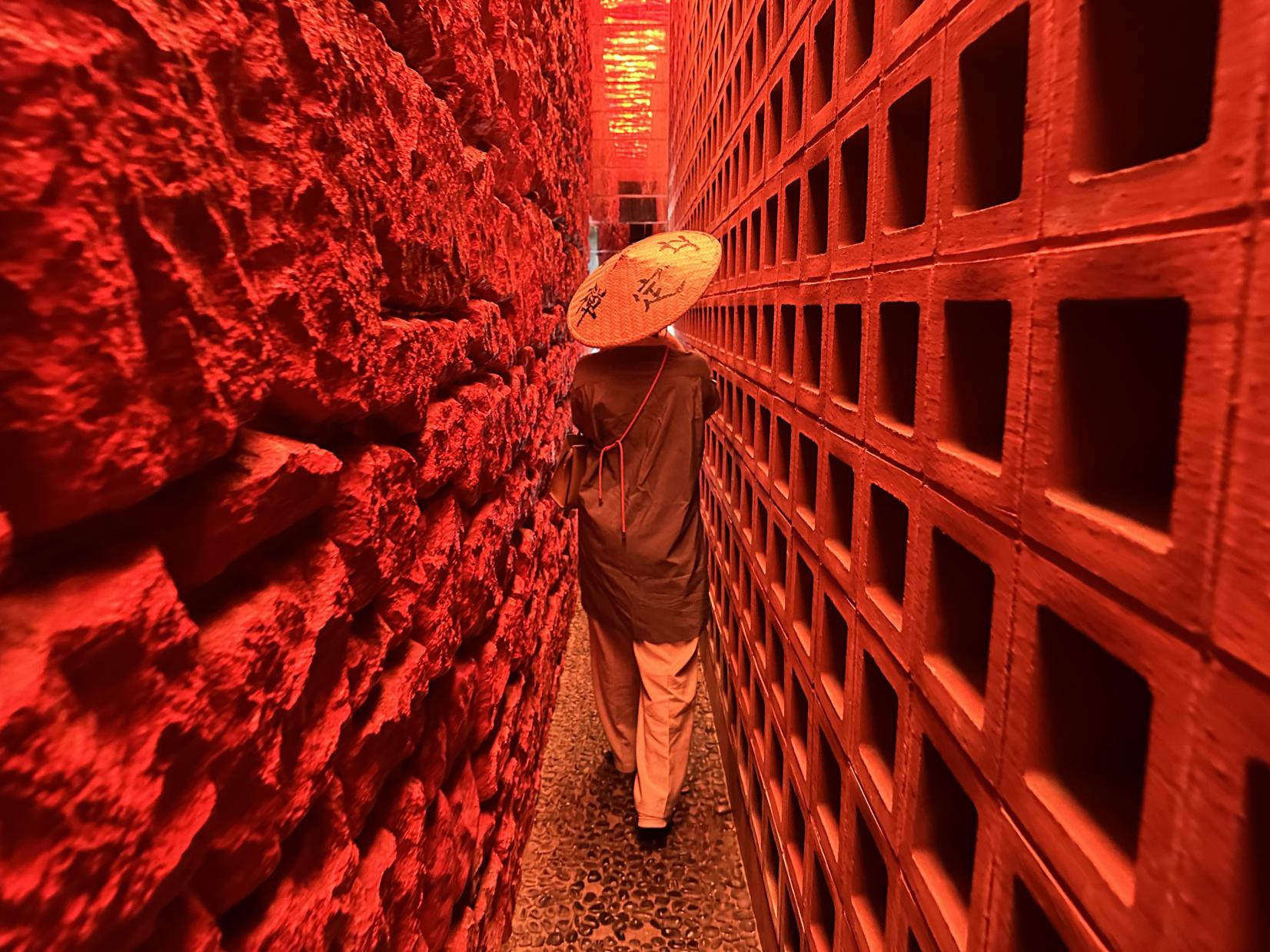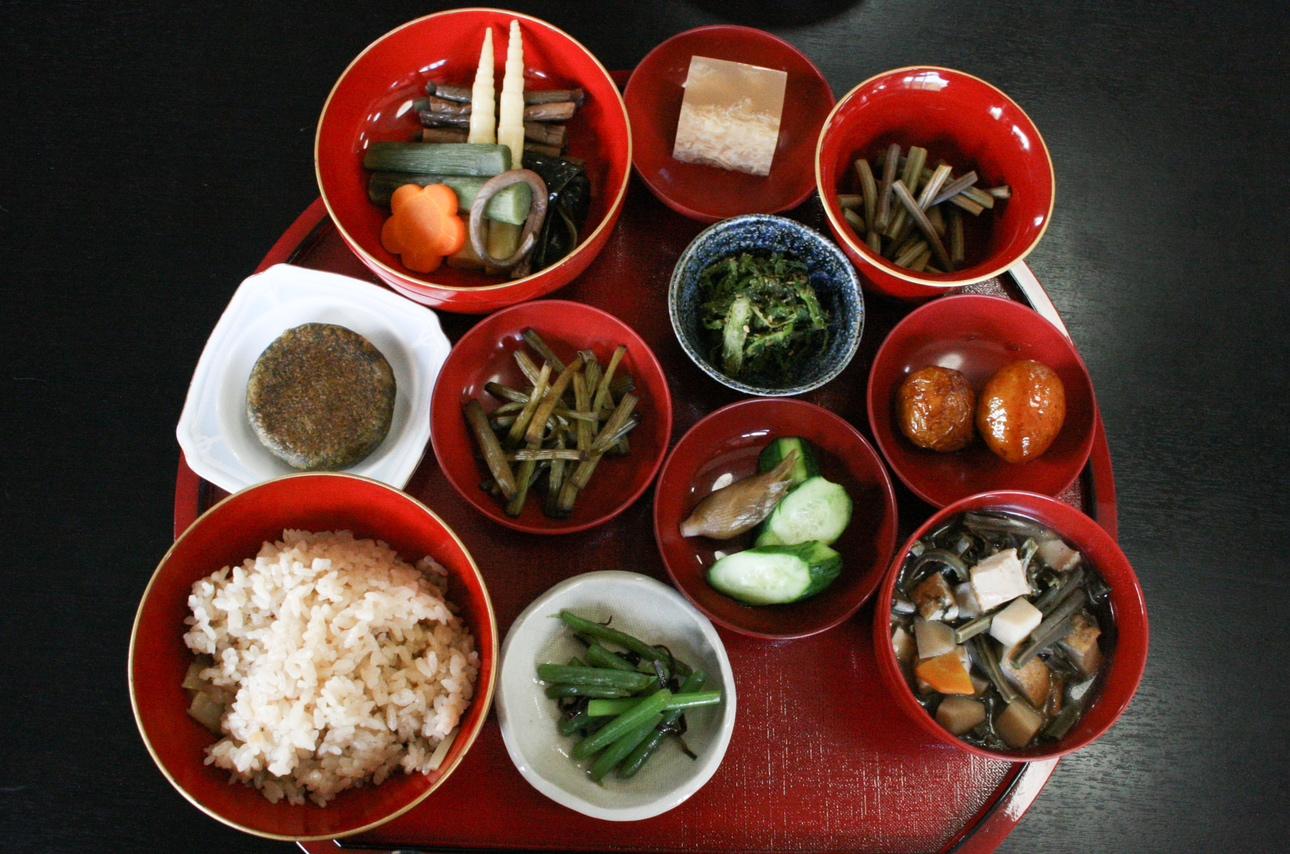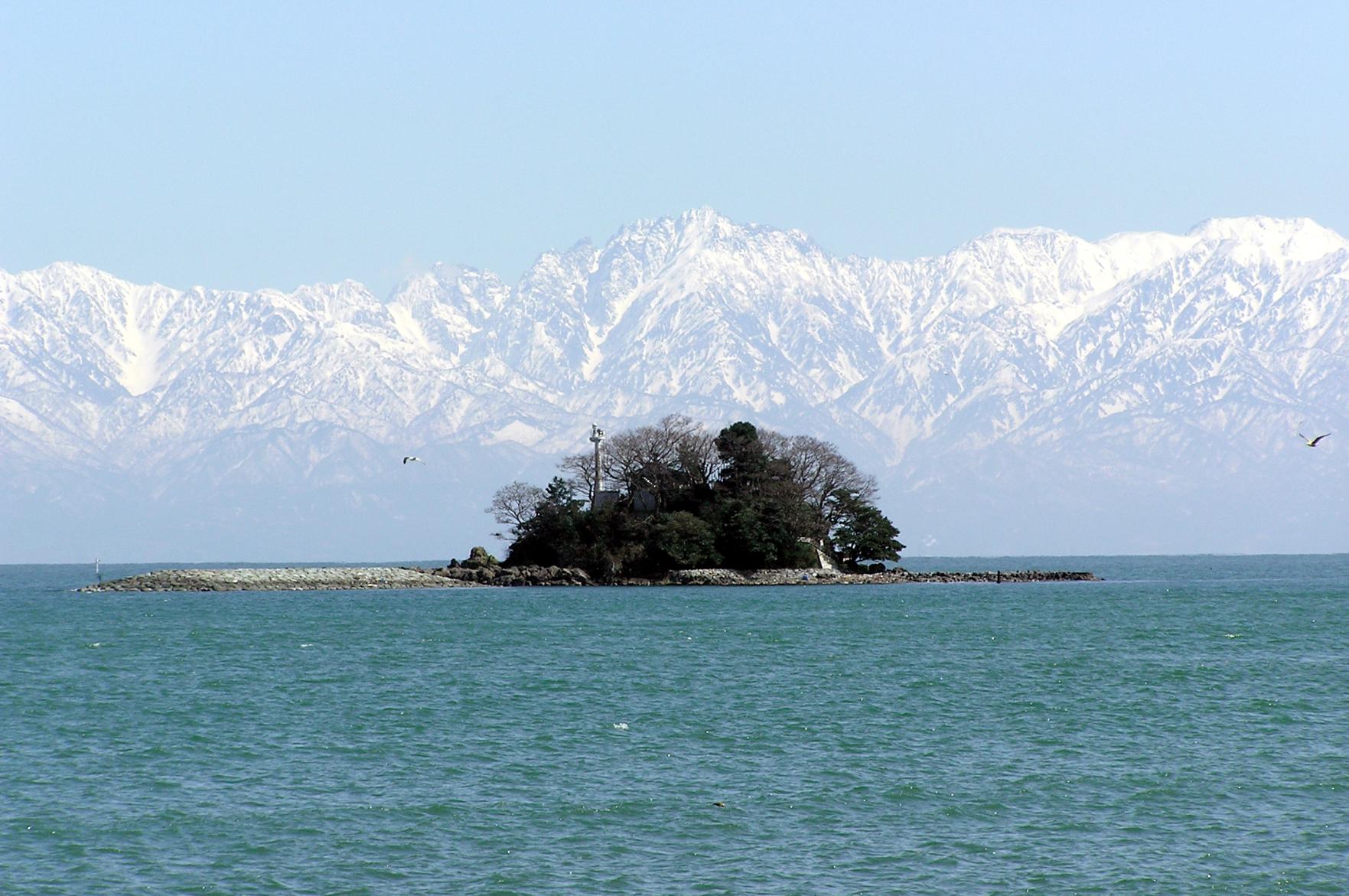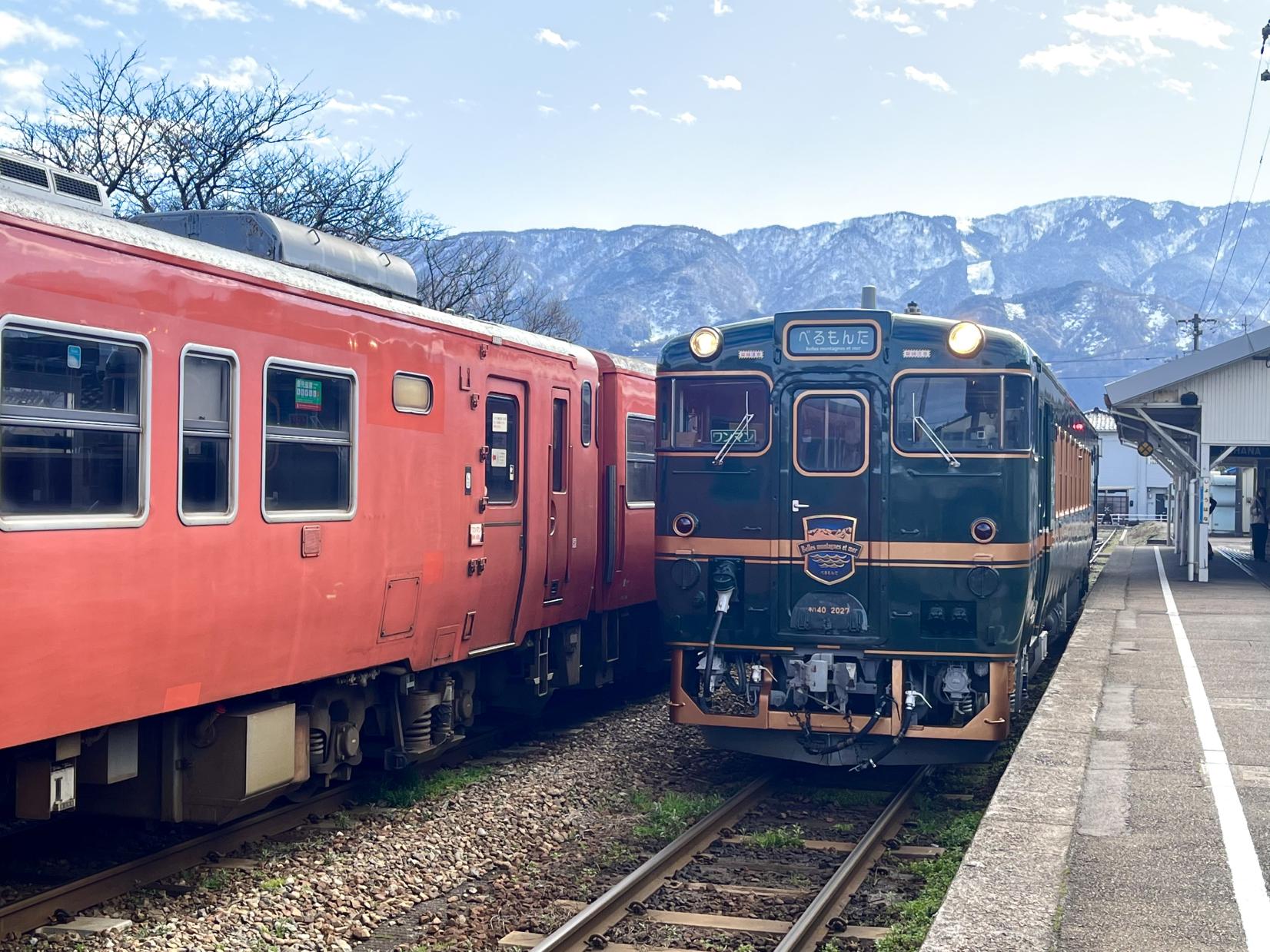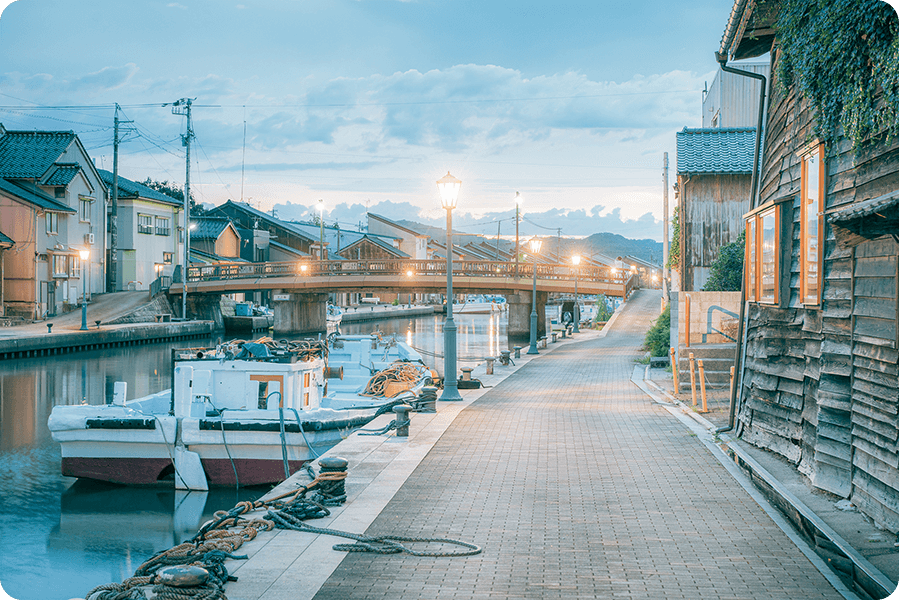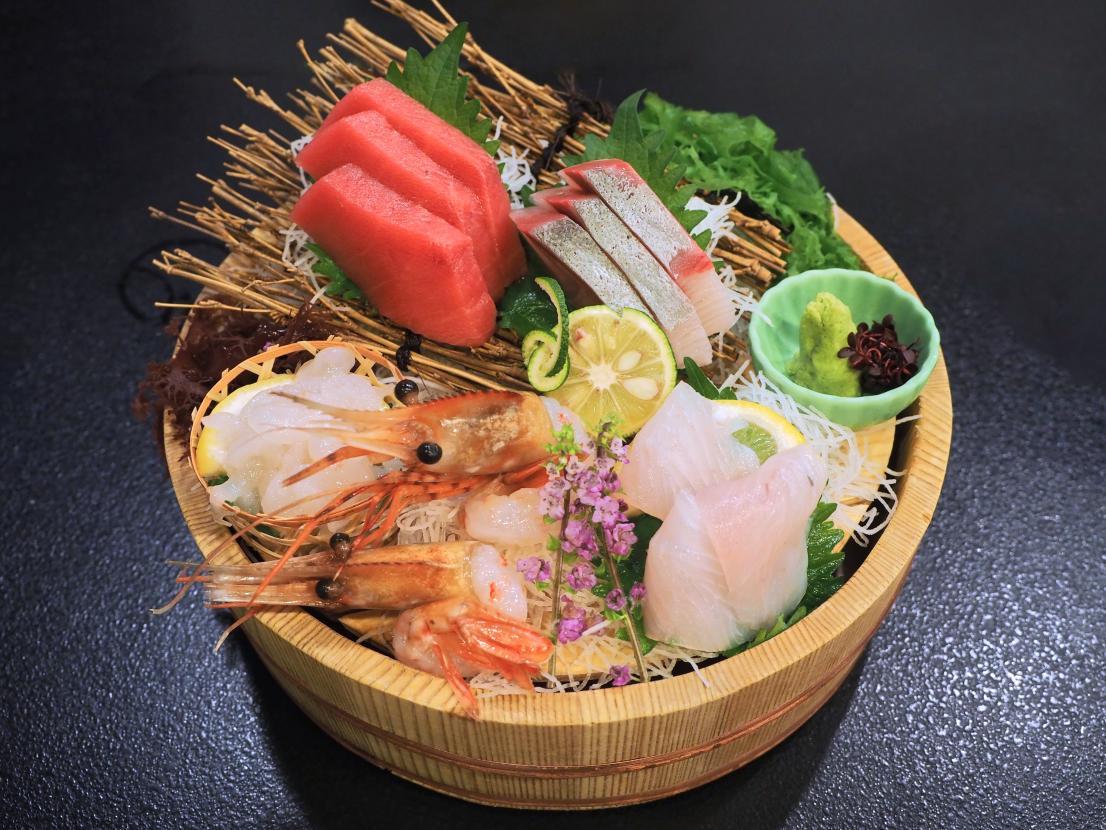
Tateyama Faith, a Religion Rooted in Toyama
Mt. Tateyama has long been held in awe, and many people still visit the mountain, which is one of the three sacred mountains of Japan. Embark on an interesting journey not only to experience the beautiful scenery of Mt. Tateyama but also to experience the religion that is the Tateyama Faith.
Pray for Safety at Oyama Shrine
Partially situated on Mt. Tateyama, one the of the three sacred mountains in Japan, Oyama Shrine is unique in that it actually consists of three different shrines, called Mine Honsha, Kiganden, and Maedate Shadan. The shrine has a deep connection with the Tateyama Faith, a form of mountain worship, and stories of the Tateyama Mandala.
Tateyama worship is a mountain worship that was established by combining elements of nature worship, Shintoism, and Buddhism, and its main elements include the legend of the opening of Mt. Tateyama, the idea of hell associated with the mountain’s unique landscape, and the belief in Taishakuten. Mt. Tateyama is a mountain where hell and the Pure Land coexist side by side, and people believed that by climbing Mt. Tateyama, they would experience death and rebirth. This was a central ritual in the Tateyama Faith, as it was believed to be a means of salvation from hell. Since Mt. Tateyama was a place where women were forbidden to enter, the Nunobashi Kanjoe (“Cloth Bridge Sacrament”), an alternative ritual for women's salvation, was held.
This may sound confusing at first, which is why we recommend touring the grounds with one of the professional guides. Being from the area, the guide is well-versed in all things related to the Tateyama Faith and Oyama Shrine, and his friendly demeanor and easy-to-understand explanations are sure to put you at ease. He even dresses as a “chugo,” a guide for people who come to Tateyama, and has a machete on his waist to protect him from bandits and animals!
The guide will also teach you how to behave at the shrine. First, when passing through the shrine gate at the entrance, bow as if to say "sorry to disturb you," and purify your hands and mouth at the cleansing area. The water here is drawn from a mountain spring, so it is pure and cold.
As you set off together, the guide will even give you subtle information about why we use the left or right paths throughout the shrine – the middle is reserved only for the gods!
When you arrive at the prayer hall, please make a small offering and pray with two bows, two claps, and another bow. Greet the gods and pray for safety in order to complete your ascent of Mt. Tateyama!
Dive into the Rich History, Culture, and Spirituality of Tateyama
The next stop during your tour is at the Tateyama Museum of Toyama. Here, you will not only find out about the physical attributes of the area around you, but you’ll also get in-depth information about the religion that has been deeply intertwined with the area.
The main building, or “Tenji-kan,” is a three-story building with exhibits on Tateyama’s nature and the Tateyama Faith on each floor.
In the third-floor exhibition hall, the nature of Tateyama, which serves as the main setting for the Tateyama Faith, is considered as a "place of life" and a "place of faith," and the long relationship between nature and humans is introduced.
In the exhibition room on the second floor, materials related to the Tateyama faith are exhibited, introducing the fundamental details of the Tateyama Faith, including the opening of Mt. Tateyama to climbers, Mt. Tateyama's hell, and the ritual for women's salvation, as well as the activities of various people related to the Tateyama faith. You can also see the Tateyama Mandalas on display here.
The Tateyama Mandalas are religious paintings that depict the Tateyama Faith and were used by Ashikuraji village to spread the Tateyama Faith and to encourage Zen asceticism. In the mandalas, there are three mountains, Mt. Oyama where Oyama Shrine is located, Mt. Jodo where Amida Nyorai is said to come and welcome worshipers, and Mt. Bessan where Taishakuten (the goddess of mercy) is said to reside. The legend of the opening of Tateyama and the Nunobashi Kanjoe, or the ritual for women’s salvation, are also depicted. Please take a good look at the mandalas.
The museum has a spiral staircase, and the walls are painted white to give visitors a sense of the 22-meter-high snow corridor in the Tateyama Kurobe Alpine Route.
Here, you can learn you can learn about the Tateyama Faith, starting with the Tateyama Mandalas.
Then, you can head over to the “Yobo-kan” (Farseeing Theater) to watch animations and videos about the nature of Mt. Tateyama and the world of the Tateyama Faith on a large, realistic 3-paneled screen. The audio is also offered in English, so there’s no need to worry about missing important bits of information! You’ll even get to experience Japanese culture in the theater as you’ll be sitting on tatami mats.
At the end, the screen is raised and, from the window revealed, you will get to see green meadows and even Mt. Tateyama on clear days.
The last part of the museum, Mandala Yuen Park, takes you through a complete sensory tour of the Tateyama Mandalas.
Truly Experience the Tateyama Mandalas!
The Mandala Yuen Park inside of the Tateyama Museum of Toyama is a facility where visitors can experience the world of the Tateyama Mandalas.
It is made up of four sections which are supposed to represent the dimension of the Tateyama Mandalas: the “earthly plane,” the “path of the sun,” “the heavens,” and the “path of the dark.”
Traveling through each of these sections allows you to fully use your senses to explore what these areas represent in the Tateyama Faith. Hearing the voices of demons, crossing over the needle mountain, crossing bridges, viewing various celestial worlds, and enjoying the experience of returning to the real world through the dark tunnel will help you truly understand and respect the Tateyama faith, and help you learn more about the Tateyama faith.
Each of the four sections offers an engaging and interesting experience.
Food to Match the Times
About 250 years ago, Shukubo served as temples, residences, and guest houses to spread the Tateyama Faith. At Mandala Shokudo, you can try the food that was eaten at Shukubo during that time. There are many dishes available, centering mainly on vegetarian food with wild vegetables from around Ashikuraji. You may have never eaten many of them before, but please try them. All of them are very tasty. The soup called Tsuboni is the best!
Also, the walls are decorated with Tateyama Mandalas, so you can enjoy your meal while you gain a deeper understanding of the Tateyama Faith.
Now it’s your turn!
It is said that at the end of life, "Enma-sama" (the entity that rules the judgment of the dead) awaits us and determines the destination after death. This is the deity found at Enmado (Enma Temple). Seated on both sides of Enma-sama are the "Onba-sama," female deities.
Followers of the Tateyama Faith wish to go to “Jodo” (paradise/heaven) after death, and the "Cloth Bridge Sacrament" has been held as a ritual of salvation for women who were not allowed to climb Tateyama. On the “Cloth Bridge," you can experience the "Cloth Bridge Sacrament," which is crossing the bridge while blindfolded. The starting point is on the “Enmado (Enma Temple) side of the Cloth Bridge. There is a cemetery on the other side, and if you were to imagine the bridge split in half, the side with Enmado (Enma Temple) is considered to be “the world (the present world)” and the side of the cemetery is considered “the world (after death).”
With that, let's don a blindfold and cross the bridge. But, be careful! For under the bridge “serpents” await those unworthy of heaven, ready to pull them down into the depths!
If those who are considered to have done bad deeds are blindfolded and then cross the "Cloth Bridge," the bridge is said to feel thinner than spider's silk and therefore cannot be crossed. Do you have the courage to cross?
Let’s Explore More of Toyama!
Toyama may be famous for its nature and delicious seafood, but there’s also a strong sense of spirituality in the area as well that you won’t want to miss! Why not experience the Tateyama Faith that's deeply rooted in Toyama? It's sure to make for an interesting experience.








